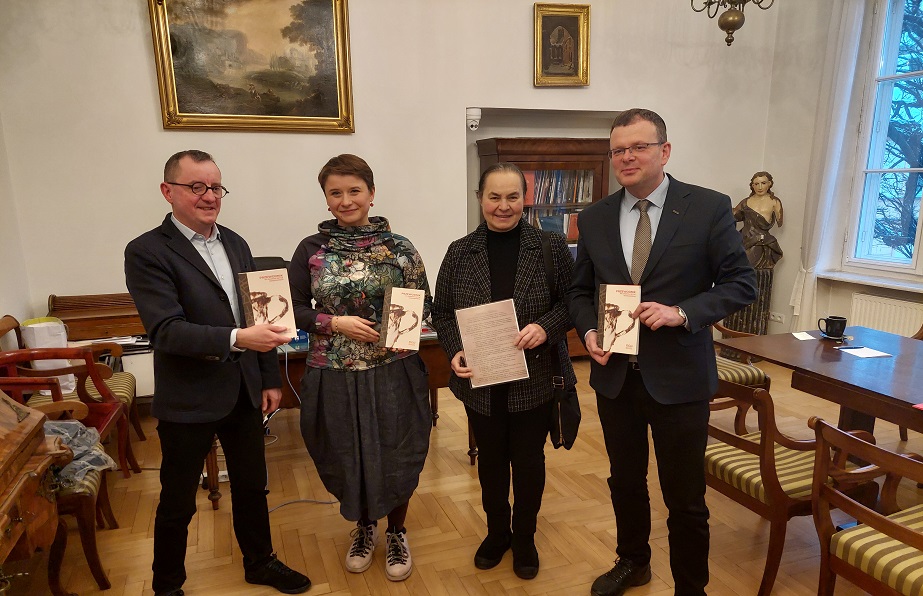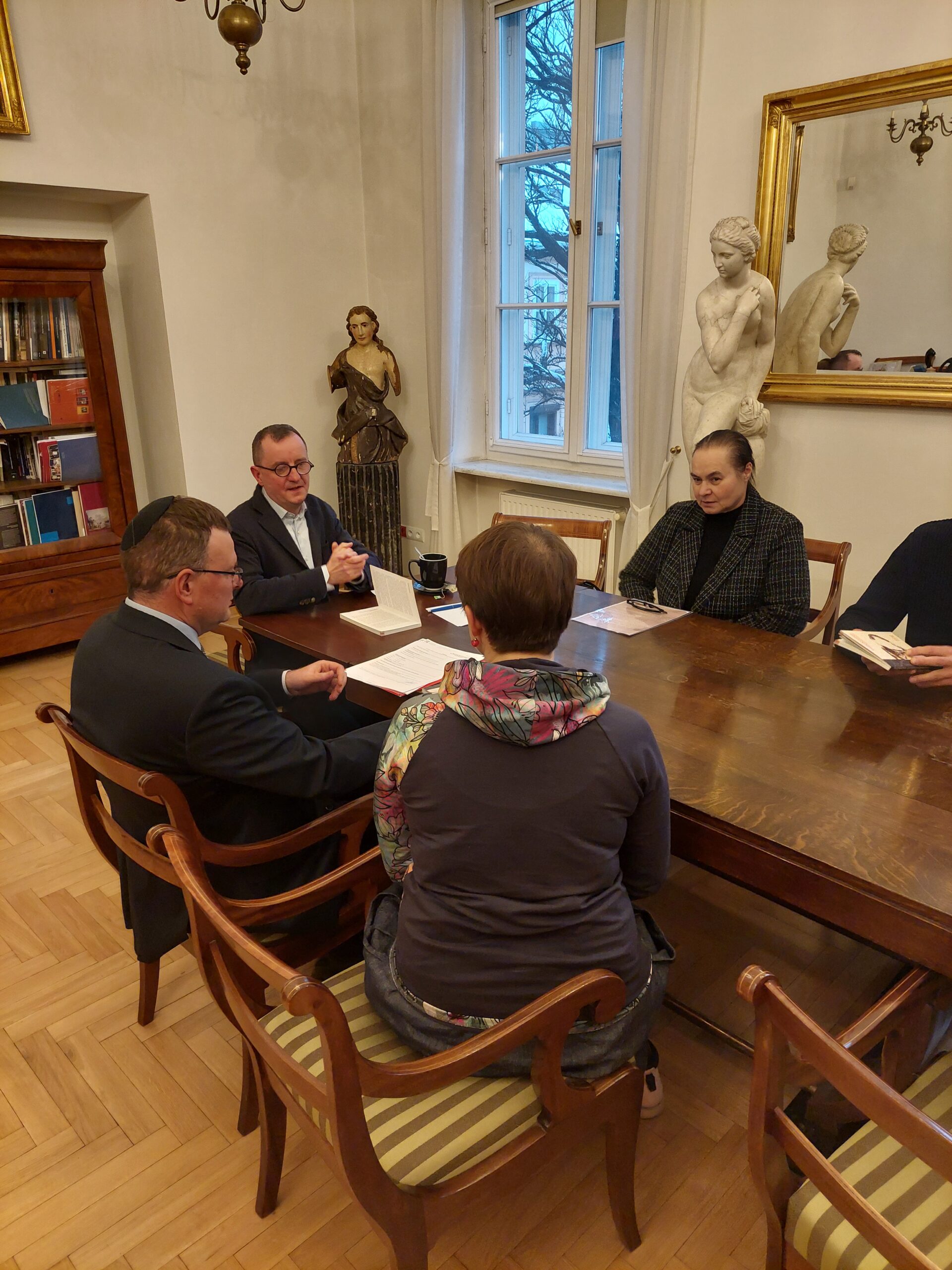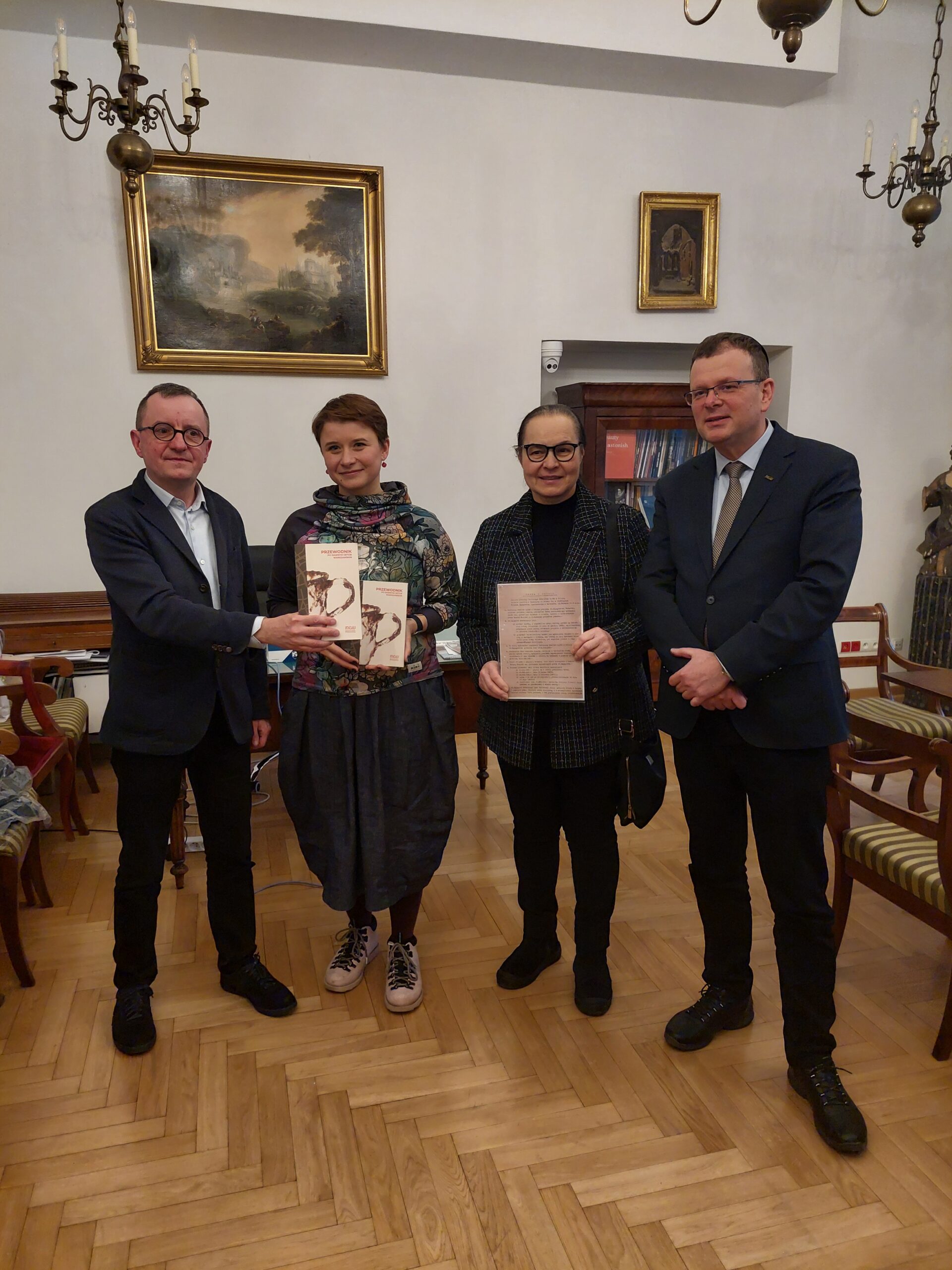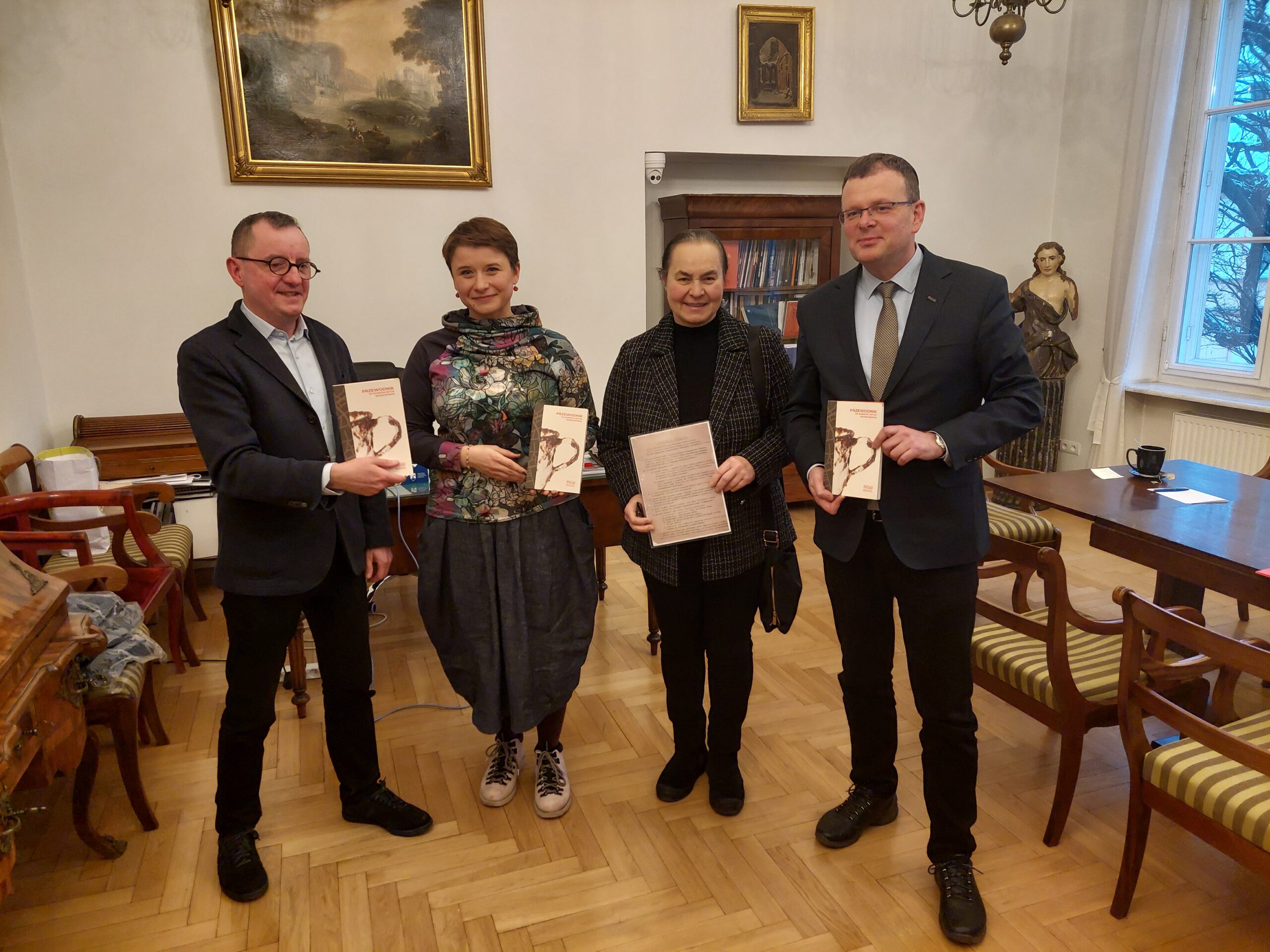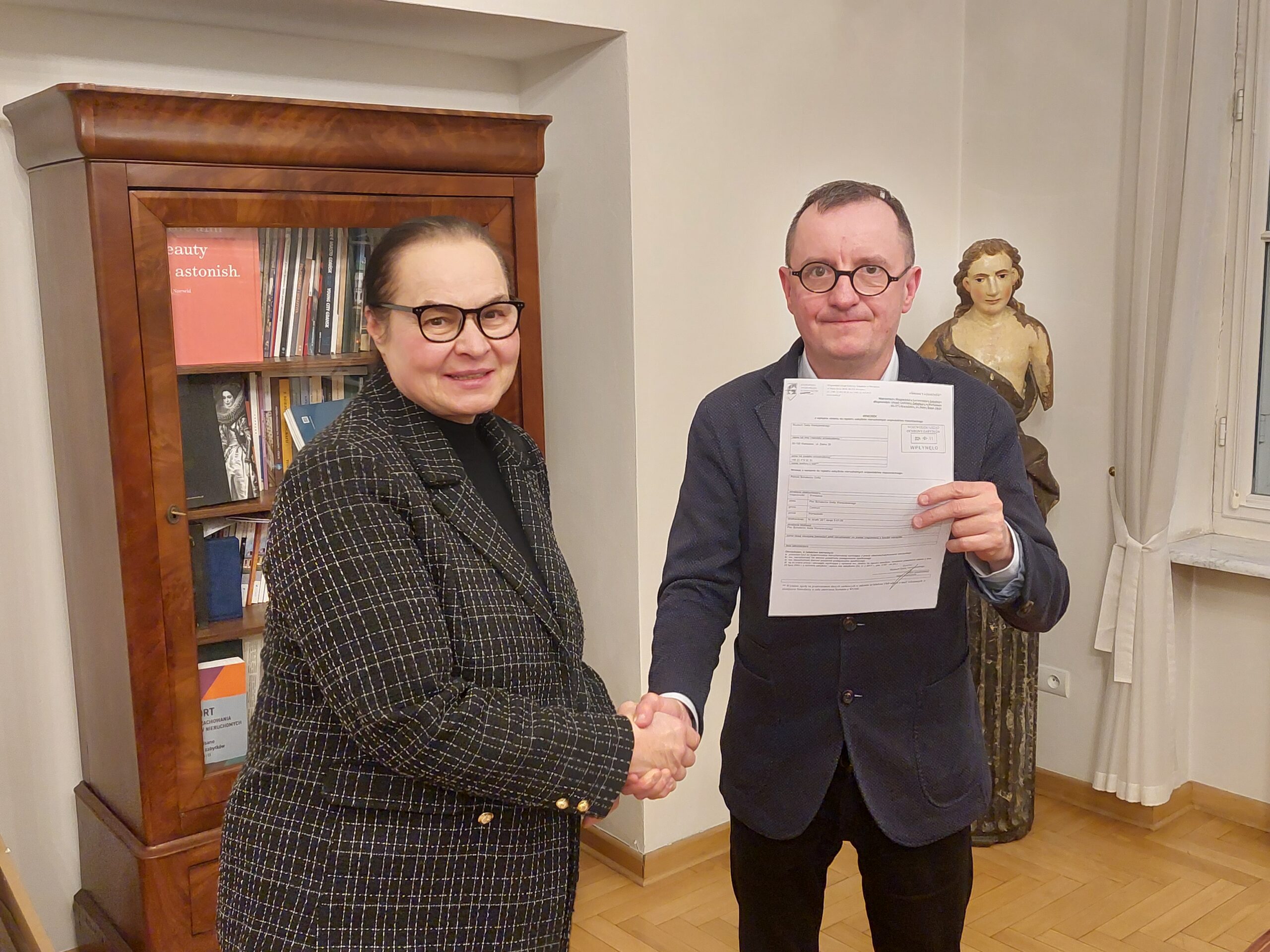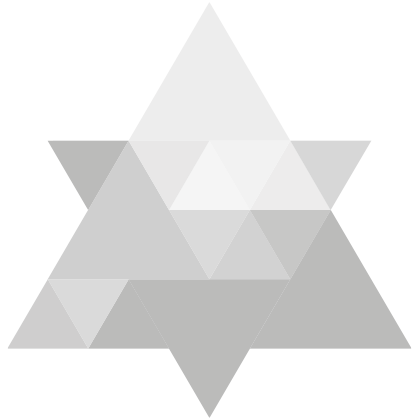An application for the inclusion of two Warsaw’s monuments of Ghetto Heroes into the register of historical monuments was filed with the Provincial Office for Preservation of Historical Monuments in Warsaw. Both monuments are located in the very heart of the Muranów District, which used to be known in the pre-war times as the Northern Quarter of Warsaw, next to the Ghetto Heroes Square and just opposite the Polin Museum of the History of Polish Jews. The first of these monuments, more modest in appearance and erected according to a design by Leon Suzin, was ceremonially unveiled in 1946. The second one, next to which the major events commemorating subsequent anniversaries of the Warsaw Ghetto Uprising are held, was erected by Natan Rapaport, a Polish sculptor of the Jewish origin. The formal unveiling of the monument took place on 19 April 1948, on the fifth anniversary of the outbreak of combat in the closed-off district.
Both monuments were commissioned by the Central Committee of Jews in Poland, whose immediate successor is the Social and Cultural Association of Jews in Poland. The Association’s records include a contract signed between the Central Committee and Rapaport, which detailed the appearance, size and location of the stately sculpture. A copy of that document was handed over to the Mazovian Historic Preservation Officer, Jakub Lewicki, by Ewa Prończuk, TSKŻ Board’s Secretary and Head of TSKŻ Branch in Warsaw.
“On behalf of Artur Hofman, TSKŻ President and our members, I would like to take this opportunity to emphasise that is a very special moment for all of us. This is especially the case because we are the successors of the Central Committee of Jews in Poland, an entity which signed the contract with Natan Rapaport, a designer and manager of the construction of the Warsaw Ghetto Heroes’ Monument. This is a very special day for us, an essential day. We hope that for the next commemoration of the Warsaw Ghetto Uprising in April, we will be able to pride ourselves on the fact that both buildings have been entered in the register of monuments” – said Ewa Prończuk.
The filing of this application was a joint initiative on the part of the Social and Cultural Association of Jews in Poland and the Warsaw Ghetto Museum.
